
Identifying Minimum Safe Distance between Adjacent
Identifying Minimum Safe Distance between Adjacent Parallel Pipelines gas or petroleum pipelines. This safety consciousness is heighten when it involves large diameter, high pressure parallel pipelines In the unlikely event that one of the minimum safe distance between Zhongwei Guiyang natural gas transport pipeline and

Oil and Gas Pipeline Construction: Step By Step Visual Guide
The current natural gas pipeline boom gives many homeowners a first row seat to the process of pipeline construction. The rush to move natural gas to markets places pipelines too close to homes, with construction taking place in backyards, farms, pastures, and right at the mailboxes of residents throughout the country.

Welcome to Petroleum and Natural Gas Regulatory Board, India
(1) These regulations may be called the Petroleum and Natural Gas Regulatory Board (Technical Standards and Specifications including Safety Standards for Petroleum and Petroleum Products Pipelines) Regulations, 2016. (2) They shall come into force on the date of their publication in the Official Gazette. 2. Definitions.

Environmental and Social Impact Assessment Chapter 12
compiled by the US Department of Transportation’s Office of Pipeline Safety suggest that live SCP pipelines and plant at the pigging station at KP0 Pipeline rupture as a result of natural hazards The objective of this step is to identify potential failure causes for a natural gas pipeline system or facility. 2. Estimate failure

Safety of Natural Gas Pipelines
Above Ground Pipelines Compressor Stations 32 M distance of heat radiation of 12.5 KW/m2. Framework Safety in Natural Gas Pipeline in India. Construction, Operation & Maintenance of Natural Gas Pipeline System. PNGRB (Technical & Safety Standard of Natural Gas Pipelines)

Petroleum Natural Gas Regulatory Board
Petroleum & Natural Gas Regulatory Board Board (Technical Standards and Specifications including Safety Standards for Natural Gas Pipelines) Regulations, 2008. (2) These regulations shall come into force on the date of their publication in the main natural gas pipeline to the city gate station but is owned by the CGD entity. (t

INGAA Website Metering Stations and Mainline Valves
This can be a daunting task, as pipeline systems often extend over thousands of miles. To accomplish this, pipeline companies use metering stations to measure all natural gas entering or exiting the pipeline system. A meter station may use: orifice meters, turbine meters, ultrasonic meters, or; positive displacement meters to measure the gas flow.

Dangerous Neighbors: Pipelines, Compressor Stations, and
Dangerous Neighbors: Pipelines, Compressor Stations, and Environmental Injustice reviewed study specific to PA compressor stations found that “distance to industrial sites correlated with the prevalence of health symptoms. For example, when a gas well, compressor station, and/or the expansion of fracking and investment in natural gas

Last updated: September Pipeline Pipeline Safety Trust
Pipeline Basics SpeciThcs About Natural Gas Pipelines Pipeline Briefing Paper 2 Last updated: September Page 1 Introduction to Pipelines There are over 2.6 million miles of fuel pipelines in the United States. Who regulates pipelines and under what set of regulations depends on what the pipeline carries, how much it carries, and where it goes.

Estimation of safety distances in the vicinity of fuel gas
In this paper, safety distances around pipelines transmitting liquefied petroleum gas and pressurized natural gas are determined considering the possible outcomes of an accidental event associated

Natural Gas Pipeline Safety Setback XYLENE POWER LTD.
XYLENE POWER LTD. NATURAL GAS PIPELINE SAFETY SETBACK In this document a formula is developed for the safe setback distance Rs from a natural gas pipe line required for personnel to avoid radiation related skin The York Energy Centre is a natural gas fueled air cooled combustion turbine based 400 MW electricity generation station

REVIEW OF SAFETY CONSIDERATIONS FOR NATURAL GAS
Review of Safety Considerations for Natural Gas Pipeline Block Valve Spacing STP PT 046 v FOREWORD Block valves in pipelines have been used since pipelines were first constructed. They have been required in pipeline codes, such as ASME B31.1.(predecessor to

Regulation Of Oil And Natural Gas Pipelines: A Legal
Regulation Of Oil And Natural Gas Pipelines: A Legal Primer For The Layman Page 4 of 5 In addition to DOT/PHMSA's regulation of oil and gas pipeline safety, the Federal Energy Regulatory Commission (FERC) regulates pipelines, but in distinctly different ways.

Setbacks and zoning for natural gas and hazardous liquid
SETBACKS AND ZONING FOR NATURAL GAS AND HAZARDOUS LIQUID TRANSMISSION PIPELINES Prepared by Jim Doherty, Legal Consultant for Municipal Research & Services Center, Seattle August, 2004 While researching information for this paper, I reviewed a recent report prepared by the Transportation Research Board of the National Academies.

2 Potential Land Use Approaches to Pipeline Safety and
Potential Land Use Approaches to Pipeline Safety and Environmental Management Land uses around transmission pipelines are regulated by the terms of rights of way agreements negotiated between pipeline owners and landowners and, to a limited extent, by a

Remote Sensing Oil and Gas Pipeline Monitoring
The Role of Remote Sensing in Oil and Gas Pipeline Monitoring. Everyone is familiar with the location of their local gas station. It is also most likely your home is being warmed by heating oil or natural gas.

Estimation of safety distances in the vicinity of fuel gas
In this paper, safety distances around pipelines transmitting liquefied petroleum gas and pressurized natural gas are determined considering the possible outcomes of an accidental event associated with fuel gas release from pressurized transmission systems.

PiPeline emergency resPonse guidelines
pipeline safety and emergency preparedness education, please contact 16361 Table Mountain Parkway, Golden, CO 80403, or visit the Association’s web site at . Information contained in the Pipeline Emergency Response Guidelines is intended for the

Technical Standards and Specification Manual for Gas
(a) Any part of a gas distribution system within a franchise area that has been approved and issued under the authority of the Gas Distribution Act. (b) Any gas distribution pipeline operating at 700 kPa or less which is located within Alberta This manual covers the key aspects of safety

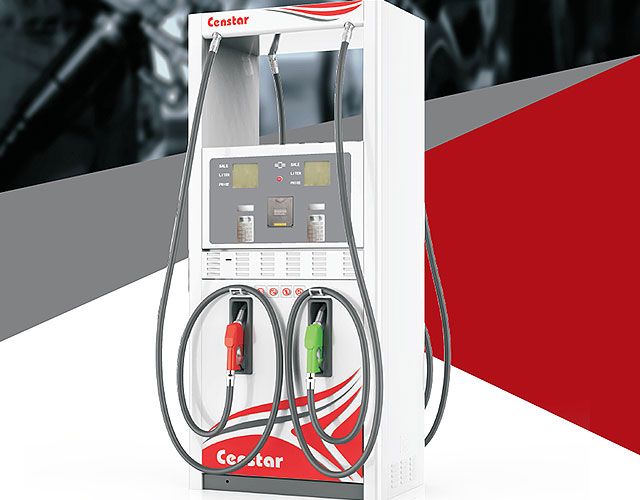
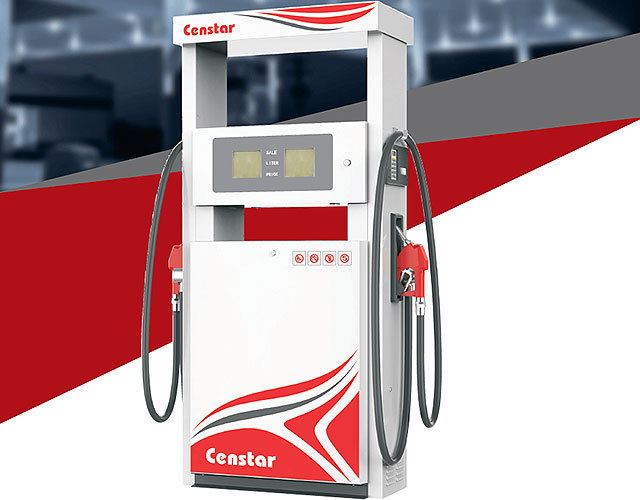
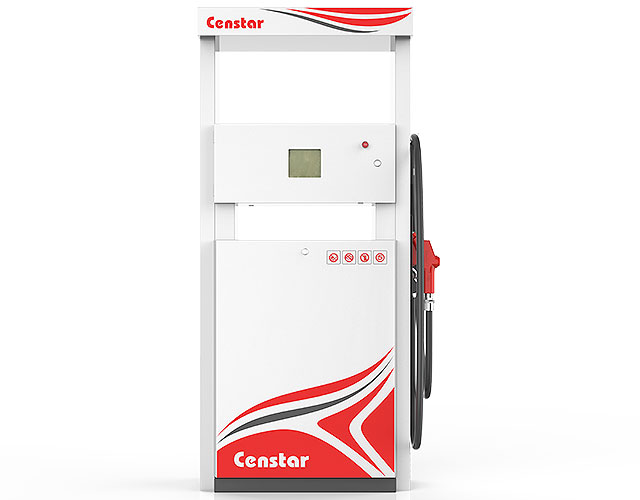
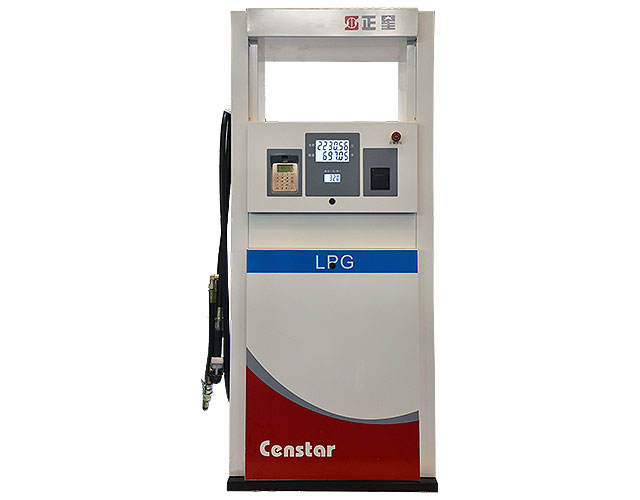
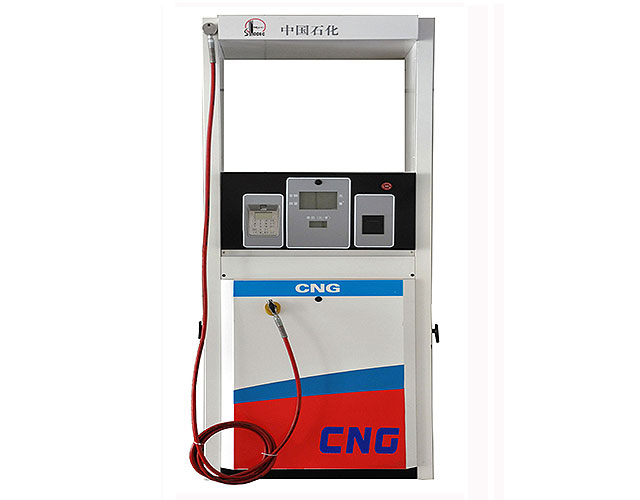
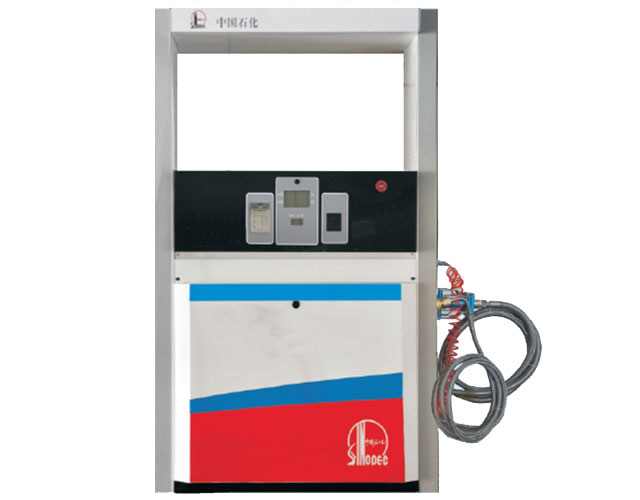
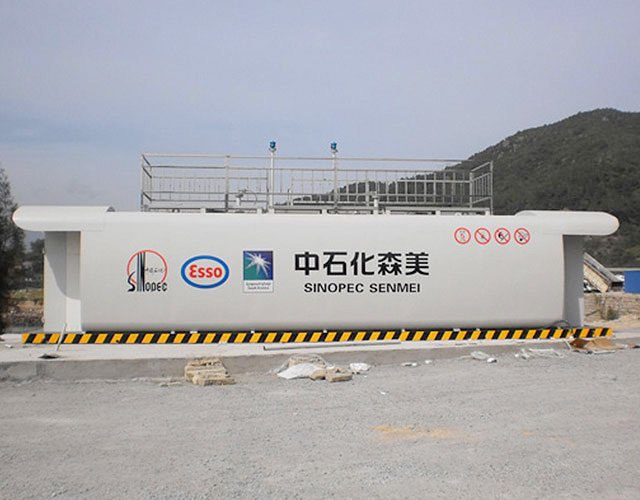
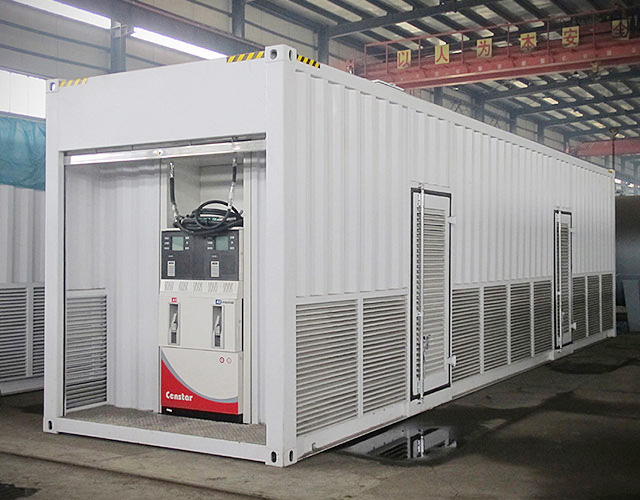
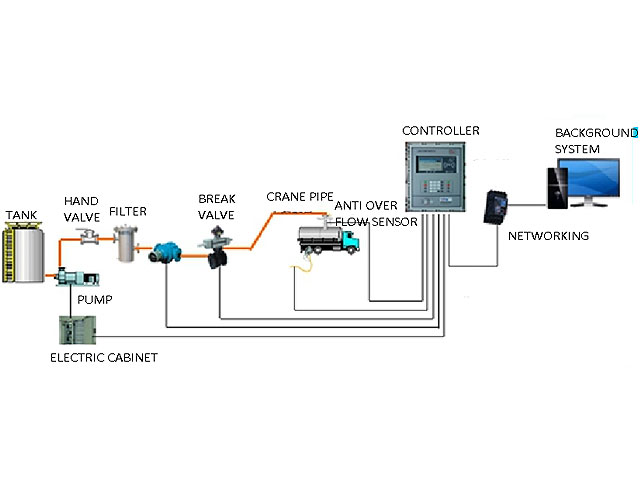
 Message
Message tel
tel Inquiry
Inquiry